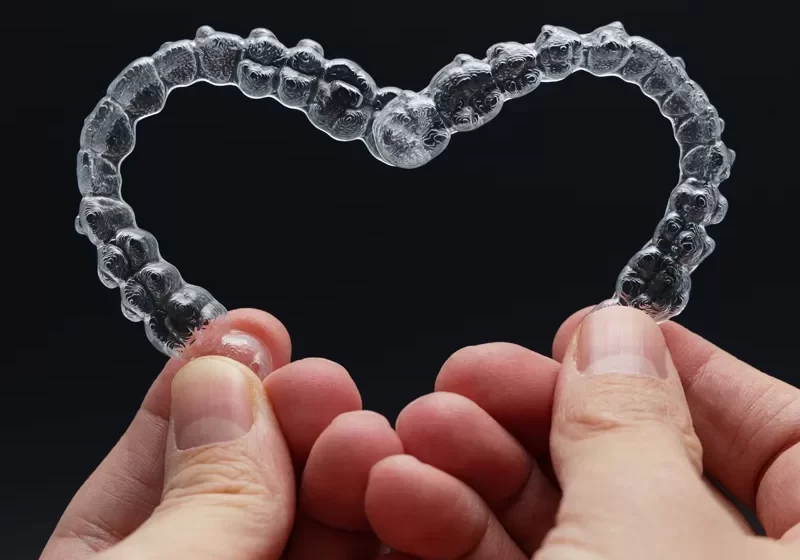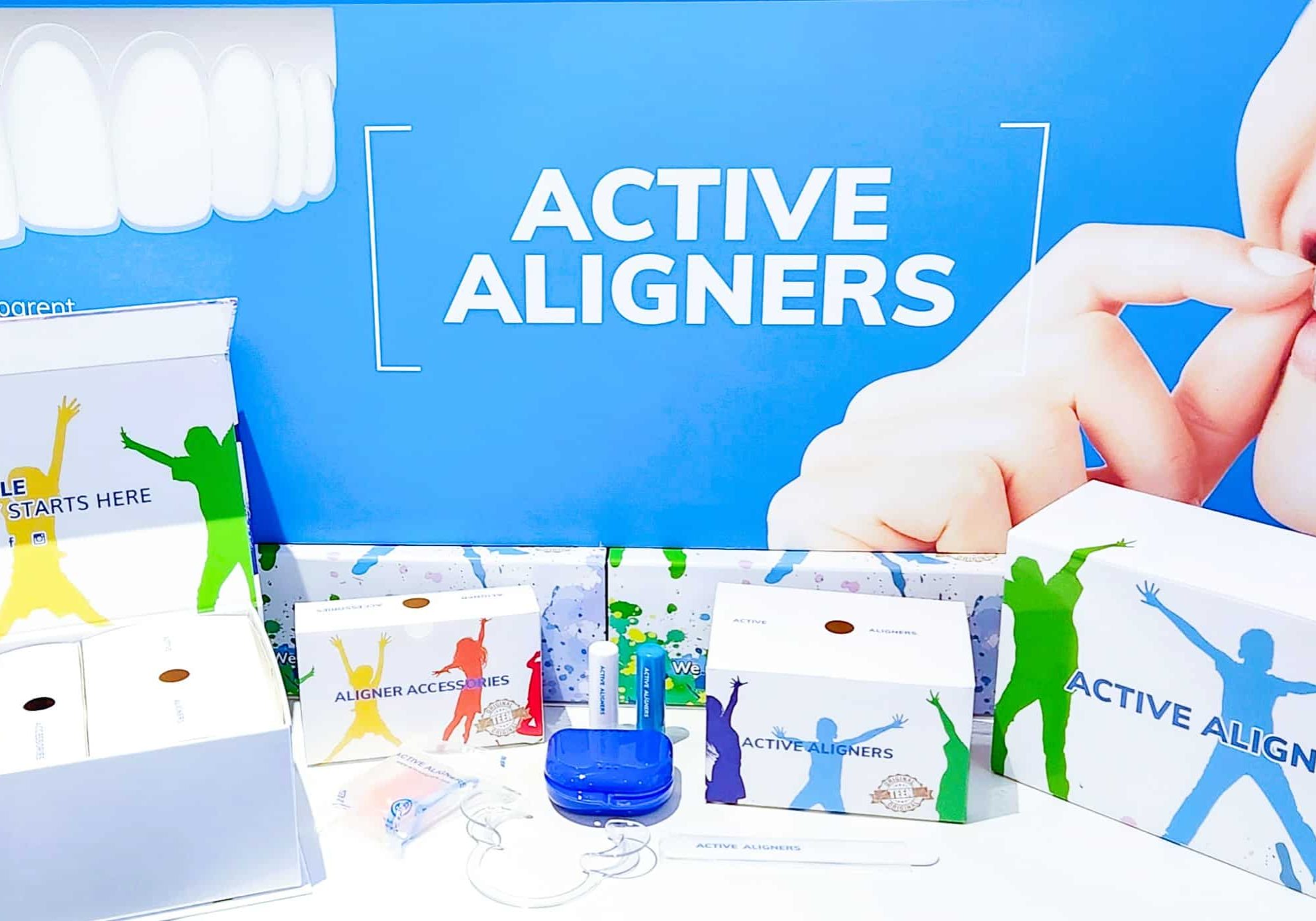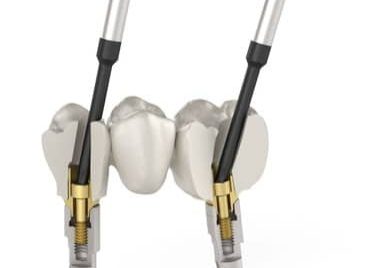
How clear aligners offer opportunities in a growing market
As market data suggests that clear aligner sales will continue to expand across the UK, Dr Dan Shaffer details how practices can share in some of this growth.
Significant market growth
Clear aligners represent a huge business opportunity for your practice. A high degree of digitisation and a patient preference for more aesthetic options has resulted in significant market growth. Consider the following:
- The global dental services market size is valued at over $300 billion (approximately £250 billion) (Grandview Research 2020)
- Straumann’s 2021 annual report suggests that, globally, more than 21 million people started orthodontic treatment and 4 million started a course of clear aligners. They estimate the addressable market value for clear aligners is double that of premium implants
- Straumann estimates the clear aligner market globally to be worth over £4.3 billion and growing at more than 20% per year
- Align Technology’s £2.6 billion annual aligner sales alone (Q2 2022) represents a 60% market share
- In Q2 2022, Align Technology annual global clear aligner sales were $800m, which relates to approximately 600,000 cases shipped worldwide. That is equivalent to more than 1,600 cases per day.
On the assumption that Align Technology cases represent 60% of the global market, adding cases provided by Dentsply Sirona, Henry Schein, Straumann, Active Aligners and others, over 2,700 cases are started every day.
If we estimate that the UK represents 3% of the global market (£7 billion of £250 billion), then UK dentists will initiate over 2,400 clear aligner cases every month.
How many of those cases are you doing?
This market is set to grow year on year.
Now, ask yourself how many cases you could be doing.
What is driving interest in clear aligner therapy?
Achieving a ‘better’ smile and improved aesthetics are key drivers for uptake of treatment. Clear aligners are often considered straightforward for patients to use and, within limits, can enhance a smile and offer the aesthetic benefit of being almost invisible in the mouth.
Convenience is high on patients’ lists. Patients (and dentists) lead busy lives. Patient welfare remains paramount and face to face appointments are still needed at key times. Optional remote monitoring enables the dentist to check teeth are tracking and frees time for other in-surgery treatments. Face-to-face appointments can then be scheduled as required.
Removable aligners have some distinct advantages over fixed orthodontic appliances. Oral hygiene is easier and aligners are less likely to trap food. Clear aligners are generally more comfortable to wear, avoiding problems associated with broken or bent wires. Aligners are easily replaced when the time comes to swap to the next tray. Ultimately, clear aligners offer levels of flexibility that many patients desire.
Essential involvement
Campaigns from the direct-to-consumer (DTC) sector are helping drive patients to visit their dentist, often for a clinical opinion or competitive quote. Whatever your position on DTC, the sector continues to grow (DTC data is excluded from statistics above). GDPs are unlikely to stop this growth. But can communicate the risks and limitations of DTC to their patients when they have the opportunity.
Dentists are faced with price sensitivity from patients. Responding to requests for a ‘better’ price is common in practices. Dentists are not obsolete in clear aligner treatments. Their involvement is essential and patients need to understand the role of a fully trained professional in their care.
To help overcome the cost barriers, Active Aligners are positioned at a price point that enables dentists to promote their clear aligner therapy between the established brands and DTC products.
‘Knowledge is power’
Knowledge is essential to achieve predictable outcomes and minimise treatment failures. Many courses are available providing clear aligner training to a variety of levels. You can start your education with a free-to-provider accreditation course with Active Aligners. Progress through to more advanced levels such as the IDDA education programmes or education provided by the BOS.
Aligner therapy cannot be considered in isolation and is usually planned in tandem with other treatments eg whitening or bonding. Discussion of the overall treatment plan from the outset (of course respecting the management of any primary dental disease) leads to better patient acceptance and more realistic expectations. It, in turn, can drive increased practice revenue.
The vast majority of practices still rely on PVS impressions instead of digital intra-oral scanners. Introducing clear aligners to your practice is therefore straightforward with Active Aligners as we accept PVS impressions or digital scans. This enables access for all, irrespective of your depth of digital engagement.
If there is an intra-oral scanner available it can confer advantages for both patient and practice. Time can be saved by not having to take or process PVS impressions and there are added environmental benefits (avoiding impressions, plaster models, plastic waste etc).
Additional revenue streams
Using a scanner will impress your patients; demonstrating that yours is an up-to-date practice using modern technology. This drives a positive message about the type of practice you are in and your cutting-edge philosophy.
Once in the practice, a scanner has multidisciplinary dental use. Expanding from clear aligners to implants and crowns offers additional revenue streams and maximises utilisation of your device. Yes, there is an investment required but your accountant can advise if you have the potential to offset any outlay against tax/capital allowances.
By initiating treatment with the right patients, dentists can take their share of the growth in one of the fastest expanding areas of modern dentistry. Clinicians need to be aware of the limitations of aligner therapy and know when a case is best placed in the hands of a specialist.
Certain malocclusions are suited to clear aligner treatment and others are not generally recommended (see Table 1). Patients may request aligner therapy for more complex treatments. With experience, clinicians can expand their repertoire and broaden their treatment options. With Active Aligners you have the choice to limit treatment to the anterior region (5 to 5) or utilise the Full Arch (7 to 7) option.
There are many benefits to providing clear aligner therapy for patients. Dentists are best placed to provide these treatments.
Market data suggests that clear aligner sales will continue to expand across the UK. So, why not put yourself in a position to share in some of that growth.
Table 1 – examples of case selection for clear aligners
Therapies that clear aligners are best suited for:
- Class I malocclusions with minimal overbite
- Lower anterior relapse
- Mild-moderate crowding/spacing
- Mild-moderate rotations
- Pseudo Class III/edge-to-edge malocclusions with mild-moderate crowding
- Mild-moderate anterior open bite malocclusions with mild-moderate crowding and overjet.
Therapies that clear aligners are generally contraindicated for:
- Severe crowding
- Skeletal discrepancies
- Functional shifts
- Severe rotations or tipping particularly canines
- Molar up righting and closure of premolar extraction spaces
- Teeth with short clinical crowns.











